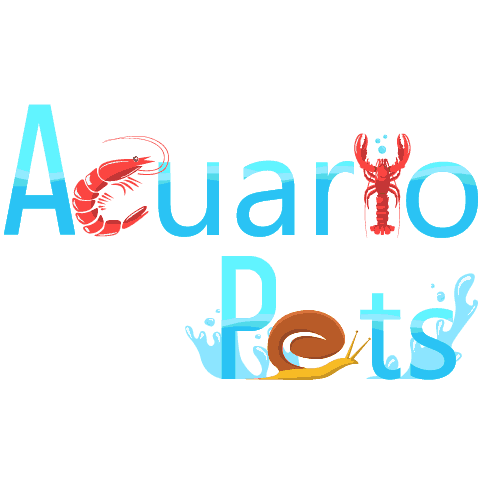This post was created with help from AI tools and carefully reviewed by a human (Muntaseer Rahman) . For more on how we use AI on this site, check out our Editorial Policy.
Check Out These FREE Tools We Made JUST For You!
Do Cherry Shrimps Eat Brown Algae?

Being an aquarium enthusiast, I’ve often wondered about the role cherry shrimps play in combating algae growth. Do these colorful crustaceans have a penchant for brown algae, much like they do for other types?
The answer may surprise you, with implications for the maintenance of your aquatic ecosystem. Let’s explore the intriguing connection between cherry shrimps and brown algae, shedding light on their dining habits and the impact on your tank’s overall health.
Key Takeaways
- Cherry shrimps consume brown algae, enjoying and actively seeking it in aquariums.
- They use their front legs to grab and eat algae efficiently.
- Proper feeding is crucial alongside algae consumption for cherry shrimps.
- These shrimps play a beneficial role in controlling brown algae growth in tanks.
What Is Brown Algae?
Brown algae, scientifically known as diatoms, are a common occurrence in aquariums, manifesting as soft brown, clumpy patches that adhere to various surfaces within the tank. The formation of brown algae is often linked to nutrient imbalances, particularly elevated levels of silicates, nitrates, and phosphates in the water.
Light intensity plays a crucial role in promoting the growth of these algae, with excessive lighting exacerbating the issue. Additionally, poor water quality can provide a conducive environment for brown algae to thrive.
To combat the formation of brown algae, it’s essential to maintain optimal nutrient levels, regulate light exposure, and ensure proper water quality through regular monitoring and appropriate filtration systems. Algae prevention measures are key in maintaining a healthy aquarium ecosystem.
Can Cherry Shrimps Eat Brown Algae?
Cherry shrimps, being renowned algae consumers, play a significant role in regulating algae growth within aquarium ecosystems.
- Cherry Shrimp Diet: These shrimps have a voracious appetite for brown algae, actively seeking it out as a primary food source.
- Algae Control: By consuming brown algae, cherry shrimps help in keeping algae growth in check, promoting a cleaner tank environment.
- Aquarium Maintenance: Their diligent consumption of brown algae aids in the removal of unsightly patches, reducing the need for manual cleaning efforts.
- Shrimp Behavior: Cherry shrimps exhibit natural foraging behavior, meticulously combing through surfaces to find and consume algae, aiding in overall tank maintenance.
Alternatives For Controlling Brown Algae Algae
One effective method for controlling brown algae in aquariums is through the introduction of certain species of algae-eating fish. These fish help in algae control by consuming the algae, thus preventing overgrowth.
Regular tank maintenance is crucial for managing algae levels. Ensuring optimal water quality by monitoring and controlling silicates, nitrates, and phosphates can aid in algae prevention. Additionally, the presence of aquatic plants can compete with algae for nutrients, limiting their growth.
Implementing a balanced ecosystem with proper lighting and nutrient levels can contribute to maintaining a healthy tank environment. By incorporating these strategies, aquarium owners can effectively control brown algae and promote a thriving aquatic habitat.
About Author
Hello, I’m Muntaseer Rahman, the owner of AcuarioPets.com. I’m passionate about aquarium pets like shrimps, snails, crabs, and crayfish. I’ve created this website to share my expertise and help you provide better care for these amazing pets.
Disclaimer
This site is owned and operated by Muntaseer Rahman. AcuarioPets.com is a participant in the Amazon Services LLC Associates Program, an affiliate advertising program designed to provide a means for sites to earn advertising fees by advertising and linking to Amazon.com. This site also participates in other affiliate programs and is compensated for referring traffic and business to these companies.




